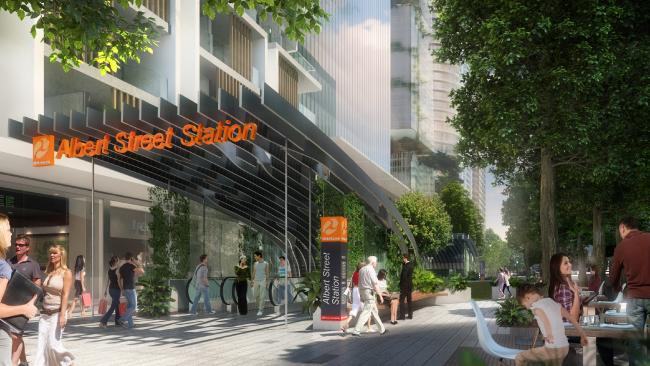It’s about time? the Cross River Rail Business Case has hit our desks this morning after being released by Building Queensland.
Get a cup of tea ready and prepare for some serious speed reading because at 240 pages, this document dives into some of the nitty gritty details we’ve been waiting for.
Our team is still working through the report, but here’s what we know so far:
Key concerns addressed:
Investment returns
The cost-benefit ratio for the project has been improved by accounting for lower fares, improved signalling systems (ie: ECTS) and higher population growth figures. These new variables have improved the ratio to a $1.41 return for every $1 invested in the project. (The previous ratio sat at $1.21 in benefits for every $1 invested.) The report states the new figures are comparable with those of the Sydney Metro and Melbourne Metro projects.
Number of trips daily
Due to revised population growth estimates and the effect of lower train fares, the report estimates that an extra 9,000 passengers per day will move to public transportation by 2026, and 23,000 passengers by 2036. The project is estimated to provide relief in crowding by 24% in 2026 and 29% in 2036.
Urban renewal
From this report, we can see that the project plans include opportunities for major developments at selected station precincts and urban renewal upon construction. Each station located within precinct will undergo significant redevelopments over the next 20 years.
Private benefits from gains
Infrastructure Australia, in particular, has been concerned about the possibility of private businesses and developers privately receiving windfalls gains from project planning decisions. To address this concern, the business case proposes that the Queensland Government will commit to developing and implementing value capture policies and piloting new value capture models.
From a recruitment perspective, the release of the report is welcome news. The sooner industry partners can understand the situation in full, the sooner they can plan, collaborate and explore the most effective options to allow the project to deliver on key deadlines.
The report emphasizes the need to set the project in motion now, with commissioning to begin in 2023. From today, we can hopefully expect to see a shift in project pace and a clear decision to invest in a broad range of talent in rail planning, design and highly coveted ECTS signalling systems.
If you’re further in the report than we are, or have an inkling about how scenarios might play out over the next few months, please share your findings below.
For a confidential conversation about your career in rail or design, our team is available via 07 3333 1511 to explore your options.

